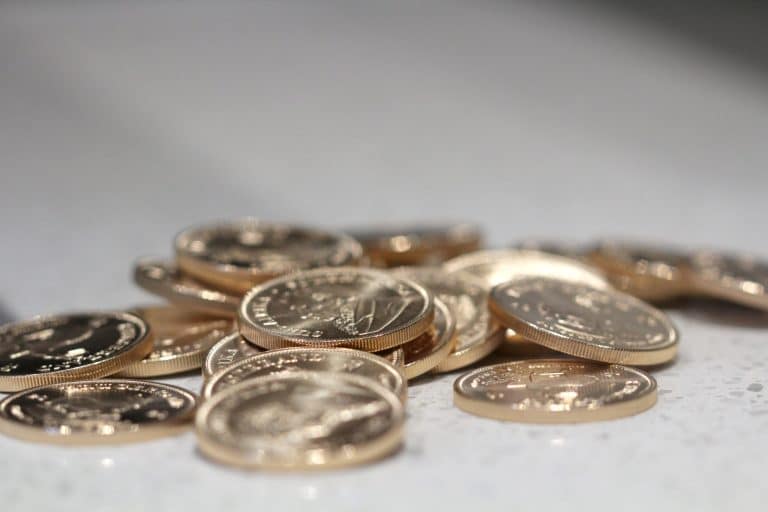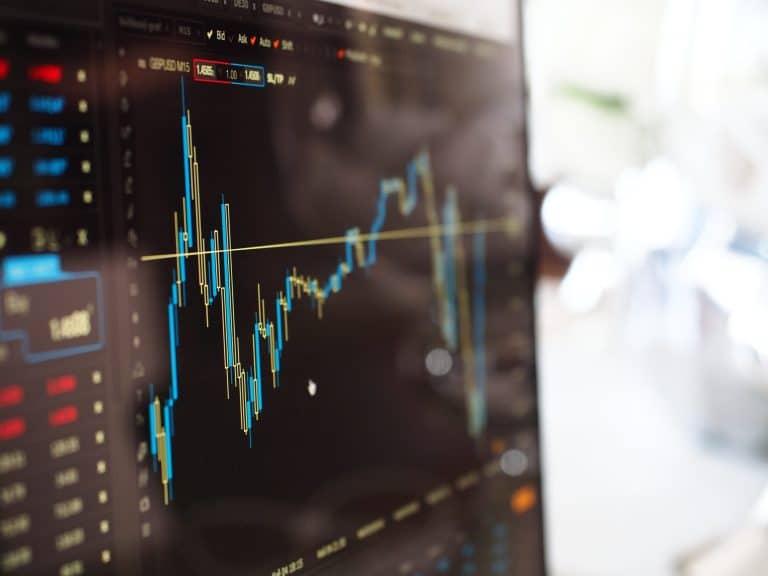Despite never participating, most people are aware of the stock exchange and how one can invest in listed companies for a chance to share their profits. However, providing a company with extra money to spend does not guarantee it will grow and become more profitable. In practice, it requires skilled analysis to predict which stocks may prove fruitful and which are destined to lose their value. By contrast, the Bullion market has proved to be far more predictable over the years. So what is the explanation for the apparent difference between these tradeable commodities?
The Bullion Market is Less Volatile
While the price of each is affected by variations in supply and demand, many additional factors might influence the performance of a company’s shares. For example, most serious investors will reach for the phone when reading that a leading aircraft manufacturer might qualify for a lucrative government contract. However, while a successful bid could double its share price, a lost contract could mean significant losses for investors. The Bullion market is far less volatile. While the spot prices of Precious Metals occasionally move downwards, the long-term trend has remained consistently upward. When fluctuations in the Gold or Silver price occur, they are invariably far less marked than those experienced by shareholders.
It is a Less Risky Option
Consider the following options. One can invest in Gold by purchasing bars or Krugerrands or by buying shares in a mining company. If a seam becomes exhausted or too expensive to extract, the mine will be forced to close. While its shares will become worthless, the metal spot price will be unaffected. The Bullion market is, therefore, an inherently less risky option, especially for a new, inexperienced investor. Incidentally, if one of the larger mining companies was forced to cease operating, a subsequent shortage could lead to a substantial increase in the affected Precious Metal’s price.
Silver and Gold are Consistently in Demand
Getting started is easier than you might think. You won’t need to retain a broker to assist with your investment or pay for advice. Instead, you can purchase the Precious Metals from any registered dealer and use the same one when you wish to sell. While the Bullion market also covers elements like Platinum, Palladium, Iridium, Osmium and Rhodium, the bulk of trading centres around Gold and Silver, for which the demand is generally more consistent. In addition to their roles in the automotive, digital electronics and aerospace industries, both remain prized by Jewellery lovers and manufacturing jewellers, while the demand for those more exotic elements tends to be somewhat less consistent.
Krugerrands are Legal Tender
Where once cast Silver or pressed Gold bars might have been your only option, the Krugerrand has been a welcome addition to the Bullion market. In addition to the iconic one-Troy ounce Gold coin, there are now fractional versions of one-half, one-quarter and one-tenth of an ounce, and even a one-ounce Silver version. Furthermore, the decision to designate these as legal tender means they are all exempt from VAT.
Silver’s markedly lower spot price could enable you to buy larger quantities and increase profits proportionately. However, Gold appreciates faster, despite the higher cost. To be safe, work only with a trusted registered dealer. At Gold Stock Investment, we buy direct from the Rand Refinery, guaranteeing quality and authenticity. Feel free to contact us to learn more about the Bullion market and how to get started.
Disclaimer: The information above was derived from reliable sources and deemed accurate at the time of writing. However, changes following publication may have affected its accuracy. Such changes may occur without notice, and Gold Stock Investment cannot be held liable for inaccuracies in this article’s content or how a reader may choose to interpret it.


